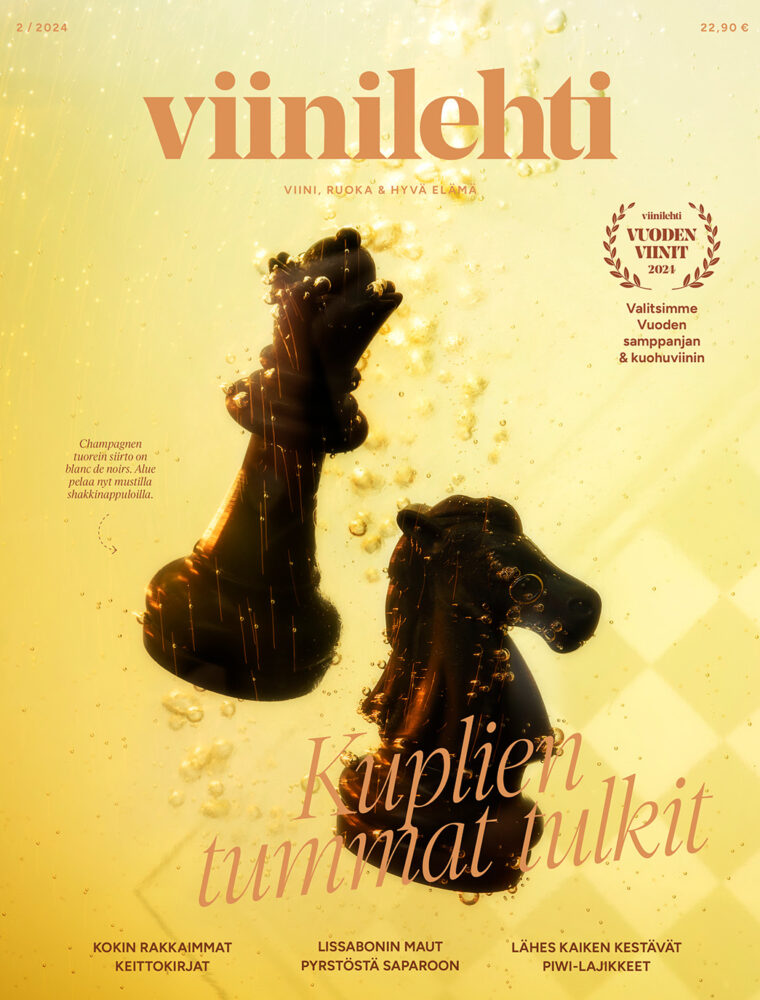The clear amber liquid is poured straight from the amphora into a small, straight-sided glass – it looks more like a shot glass than anything you’d use for wine. I’m not going to give this wine a score, or write a tasting note. If I asked for a spittoon, or tried to pay for it, my hosts would be puzzled and confused – perhaps even offended.
I’m in the small Alentejo village of Vila Alva, visiting a few of the traditional adegas or wine cellars. Here, as in many of Alentejo’s villages, a precious winemaking tradition endures. Everyone in these villages still makes or at least enjoys talha wines. Talha is a Portuguese word referring to the special type of amphora that’s been used in this region for at least 2,000 years.
Talhas have a unique appearance — they look a little like something out of “Invasion of the Bodysnatchers”, with their wide bellied, pod-like shape. They’re not buried, as in Georgia, but sit in the cellars. Grapes, skins and sometimes stems are lightly crushed and left to ferment in the talha until St. Martin’s day. Then the plug at the bottom is replaced with a wooden tap, and the tasting can begin.
Visit these seemingly primitive wineries around November or December, and you don’t just get to taste the wines, you hear them too. The liquid is slowly filtered through the solid parts collected at the bottom, and there’s a delightful dripping sound as wine is collected in a bowl, and then poured out for the winemaker’s friends and family, or whoever else happens to stop by to taste it.
What really endeared me to this tradition is that it’s utterly social. Small villages with less than 2.000 inhabitants used to have 100 or more cellars in the last century. Thanks to the rise of the cooperative cellars, that’s drastically reduced, but the remaining adegas still function as impromptu taverns when the new vintage is ready. People come to say hello to their friends, to shoot the breeze. Visit one of the adegas and before too long, someone will show up with some salami or cheese to snack on, or maybe even sausages to grill on the open fire in the corner.
The atmosphere in these timeless vaulted cellars is convivial, almost medieval. Wine is the social lubrication, the glue that brings people together and the activity that marks the seasons. By the following January or February, the wine runs out, and the cellars go back to being places of work and stay silent until the following November.
One young winemaker who has breathed new life into an old talha cellar is bottling some of the wine to sell to tourists (who mostly come from Lisbon). But he was in no doubt that “talha wine should be drunk fresh from the amphora — that’s how it tastes best”. This is why a number of the local restaurants also make their own — the talhas sit alongside the tables, and the liquid travels only metres before being consumed.
Our modern appreciation of wine often revolves around complex ceremonies, and even pomp. Agonising about the right glassware, decanting, letting the wine breathe, Michelin-star restaurant wine lists with huge verticals of impressively unaffordable bottles. Alentejo’s talha wine culture is the polar opposite. It’s a no frills affair that’s nonetheless full of resonance and depth.
Take this wine out of context and it becomes nothing more than a liquid. But here in Vila Alva, talhas are the beating heart and soul of life itself.

